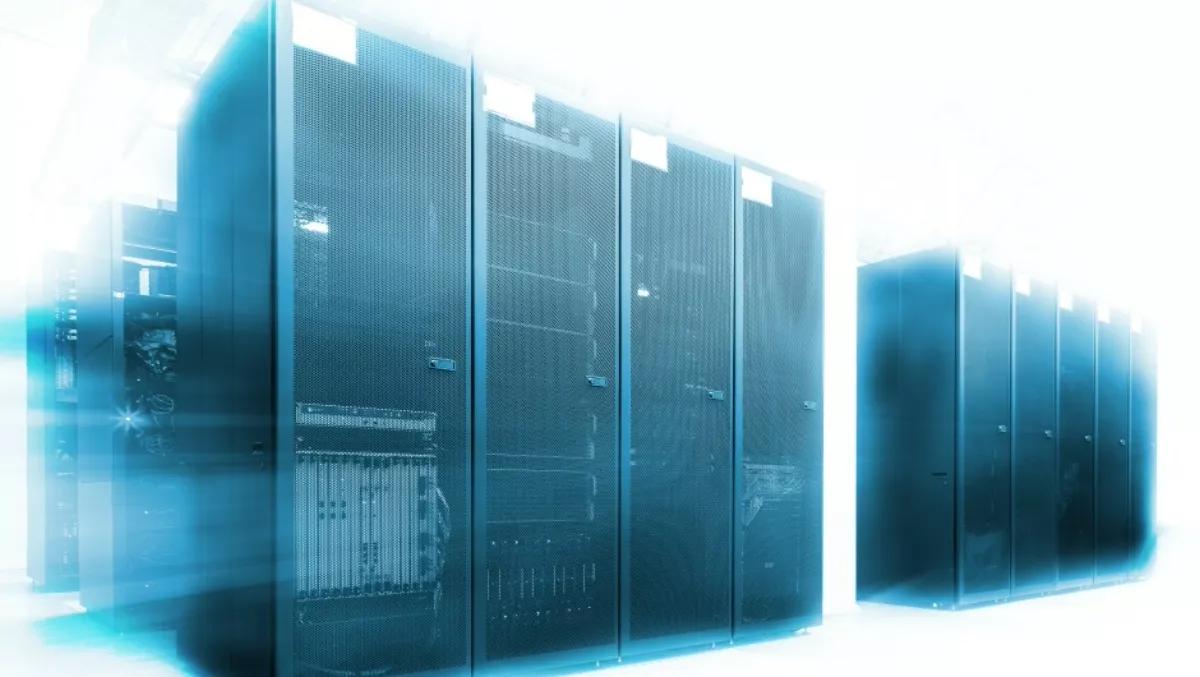
The impact of IoT, cloud and mobility on data center power and cooling infrastructure
Take a snapshot of your data center's current power and cooling infrastructure. In five years, it is likely to be radically different. Disruptive trends like IoT, cloud, and mobility already place extraordinary demands on network infrastructure. Demands on power and cooling systems, assuming you haven't addressed them yet, are not far behind. But, just how quickly are things changing?
First, let's peer into the network side of things. In an article from March 2016, Karen Riccio from Data Center Knowledge wrote:
"Today, a slew of disruptive trends are placing back-breaking demands on existing networks and data center infrastructure. In fact, these much beefier requirements for speed and bandwidth have grown so far so fast that the IT world simply can't keep up."
What's at the root of this onslaught?
"It pretty much boils down to a whole lot of people trying to access the same data or files or movies at the same time. It's no different than the too-many-cars-on-the- freeway scenario, or trying to connect to the Internet and Xbox to play the new version of Halo on Christmas night."
Riccio points to trends like bring your own device to work (BYOD), cloud, and IoT, that all require real-time processing. These trends are major drivers in the shift from centralized to stratified network infrastructure. In short, traditional data centers just weren't designed for this.
Similarly, data center power and cooling infrastructure was not designed for this brave new interconnected world. In the past, you could get away with little downtime here and there. Today and in the future, that's just not going fly. But with everything from equipment to architecture still in flux, how should you approach power and cooling infrastructure over the next five years?
The key will be designing flexibility into your power infrastructure. What exactly does that mean? It means addressing current power and cooling needs while leaving enough headroom for future growth. It's an important consideration because both under and over-provisioning are costly, each in their own way.
Sure, you can head to a colo or deploy to a cloud service. But, in some cases it just makes way more sense to stay in-house, or have some combination thereof. Should you remain in-house, design considerations must include: peak power demands, balancing electrical loads, scalability, high availability, energy efficiency, and more. No pressure at all (Internet sarcasm)!
In summary, data centers are changing fast as a result of IOT, cloud, mobility and other disruptive trends. The decisions you make about infrastructure today will have a ripple effect. You want to make sure that you're delivering the right amount of power and cooling today and five years down the road. So, choose an approach that balances reliability and scalability.

